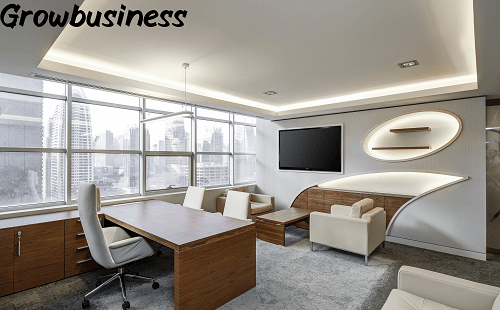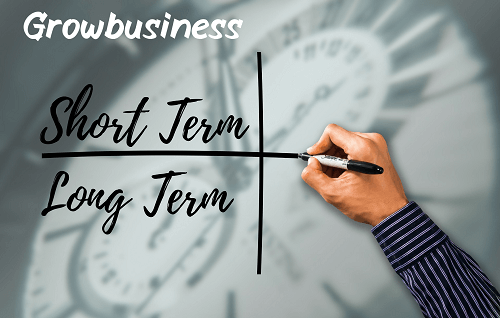Business Park Near Me
Find a Park near you: Strategic Location for Growth.
Business:
Businesses of today have sought locations that can help with easy accessibility to the market, alongside being the right environment to enhance the overall growth of their ventures. Business parks are generally fast-emerging areas on the outskirts of any major urban center or its periphery. They address the escalating demands of a startup seeking an environment and space totake upscalee operations in there or an existing needing optimal shift out of an inhospitable location to settle into an area that becomes alive.

A business park is a purpose-built, master-planned development addressing unique requirements specific to activities. Business parks are developments under a complex that can have quite several businesses. They can consist of office spaces, industrial units, as well as some retail sites in certain places. Generally speaking, the park takes up an area situated in a region with considerable transport that employees and customers get to use to gain entry into the location. It mainly aims to offer proper and up-to-date infrastructural facilities with a rprofessionaloutlook promoting interaction and development within commercial organizations.
Business parks are usually designed to be flexible, with different sizes of spaces for different stages of development. Be it a shared office space or a large, standalone building, there’s something for everyone in a park.
Why Consider a Park Near You?
Business:
1. Strategic Location:
A business park is usually located at accessible locations to highways, public transportation, and other major centers. That way, the employees could easily reach the company’s workplace while making access by the clients and partners even easier.
2. Networking Opportunities:
Business parks also offer the benefit of networking. Since the idea is to bring together lots of companies, there are so many opportunities for cooperation and, or sharing resources. Parks also provide platform partner-making. That is most helpful in the growth of those start-ups and SMEs who feel the need to widen their networks
3. Cost Effectiveness:
Business parks are relatively cheaper to lease compared to other offices in the city center. This is very attractive for small that need to have minimal overheads but still have to present a professional front.
4. Professional Environment:
Business parks are actually built with that in mind, so there is a clean, modern, professional atmosphere, but many also have really nice common areas, high-speed internet, good parking, and on-site amenities like a cafe, a gym, or a conference room.
5. Scalability and Flexibility:
As your business evolves, so will your space. The good news is that parks can be moved into large units if needed, providing fantastic opportunities for companies anticipating explosive growth or experiencing periods of seasonal fluctuations.
What to Seek When Searching for a Park Nearby:
Business:
There are specific features to look for, particularly when searching for your first park:
- Location: Is the business park easily accessible from major highways or nodes of public transportation? This must be important to ease employees’ and clients’ ability to move around.
- Size and Space: Does it provide for the size of office space or unit that suits your requirement currently with enough elbow space for when your has to grow?
- Facilities and Amenities: Are services like meeting rooms, high-speed internet, or parking areas available within?.
- Cost and Terms: Consider your budget and terms of the lease. Is this a short-term lease or a long-term commitment?
- Security and Safety: Determine if the park has proper security, such as 24/7 surveillance, security guards, and secure entry points.
Five FAQs About Parks:
Business:

1. What types of operate out of parks?
Business parks can host a wide range of, from tech startups and service providers to manufacturers and retailers. They are very popular with small and medium-sized enterprises (SMEs), but bigger corporations can also find space suitable for satellite offices or regional hubs.
2. Are shared spaces available in parks, or only private offices?
Most business parks have shared and private offices available. DEven thoughcoworking parks are very widespread in offering shared office space, the larger companies usually get a whole building or unit for themselves.
3. Are parks secure?
Absolutely. They often have very tight security access measures, such as gated gates, CCTV cameras, and even sometimes security personnel inside. Therefore, they are pretty safe for the employees of firms as well as in general.
4. How long are the typical leases for park space?
Lease terms vary in parks; however, typically, a lease term can range anywhere from one to five years, depending upon the lease and the size of your space. Most arks have flexible short-term leasing options, especially for start-up and growing
5. Can I customize and make my office or workplace look and feel the way I want in a park?
Absolutely, many parks allow their residents to change office arrangements according to preference or desire. This includes sign changing, furniture rearranging, and mounting of equipment that has anything to do with technology. External alteration may not be allowed.
Conclusion:
Business:

Whether you are launching a new or looking for a more upscale workspace, parks in your area can be very helpful. Conveniently located, flexible spaces and a professional atmosphere make it the perfect setting for companies that are growth- and success-oriented. Think of what matters most to youyouocation, cost, and scalability. That way, you’ll be able to find the right park for both your current and future needs.


























